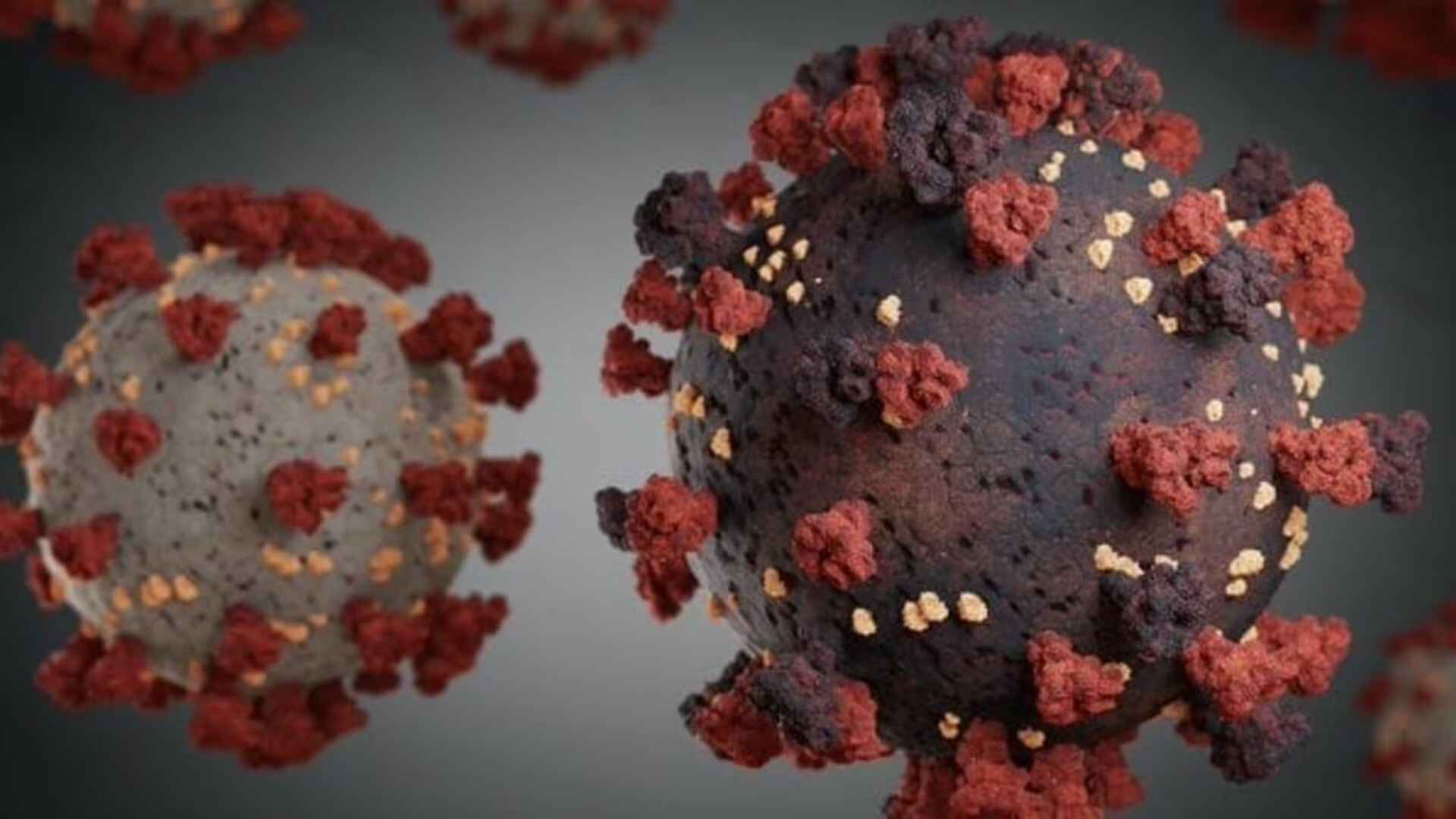A new summer wave of COVID-19 infections is spreading rapidly across the US, arriving earlier than last year, according to federal data. Experts are concerned that the new variant, LB.1, could become the latest dominant strain of the virus. The Centers for Disease Control and Prevention (CDC) has noted that, for the first time in months, no states or territories have experienced a slowdown in COVID-19 infections this past week. The CDC reports that key virus indicators are worsening most rapidly in western states, where trends began increasing this month.
The CDC reports that virus detections in wastewater, often an early indicator of rising COVID-19 cases, are already approaching the threshold, indicating “high” levels of infection risk. COVID-19 cases in nursing homes have also increased in recent weeks in this region.
Experts note a significant rise of approximately 1.23 percent in emergency hospital visits from COVID-19 patients in HHS Region 9, which includes states from Arizona to Hawaii. This is the worst average for the region since early February. Health authorities state that historical data shows a consistent surge in summertime COVID-19 cases following a spring lull.
Last year, virus trends began to rise around late August and early September, coinciding with the rollout of a new COVID-19 vaccine. Ruth Link-Gelles, head of the CDC’s COVID-19 vaccine effectiveness research, stated at a recent FDA meeting, “For flu and RSV, we have years and years of data with very similar trends over time. So, you can’t quite set your watch by when those seasons are going to start, but you can get close. For COVID, that’s not true at all.”
The CDC reports that two new COVID-19 variants, KP.3 and LB.1, are increasing in prevalence across the country. KP.3 now accounts for roughly a third of cases nationwide, up from 25 percent two weeks ago, while LB.1 makes up 17.5 percent of cases, according to the CDC’s latest projections.
Experts indicate that both variants are offshoots of FLiRT, also known as KP.2, which became dominant last month. Current CDC projections show LB.1 growing at a faster rate than KP.3, suggesting it might overtake KP.3 soon.
All three variants share a common ancestor, the deadly JN.1 strain, which caused a surge in cases last winter. Dr. Peter Marks from the FDA commented, “We’ve seen descendants of that moving along, that’s KP.2, KP.3, and LB.1. So, these other new variants came up relatively quickly. I wouldn’t say they caught us by surprise, but because they happened relatively quickly, we had to react.”
Both the CDC and FDA are emphasizing the importance of renewing vaccination efforts. “There’s probably some degree of cross-protection, but the optimal protection probably involves making sure we get closest to what is circulating now,” he stated.
The CDC reports that it is monitoring the rise of KP.3 and LB.1, which are poised to overtake KP.2. A study by Japanese scientists found that one of LB.1’s mutations, S: S31del, which is not present in KP.3 and JN.1, could potentially allow it to spread more rapidly.























